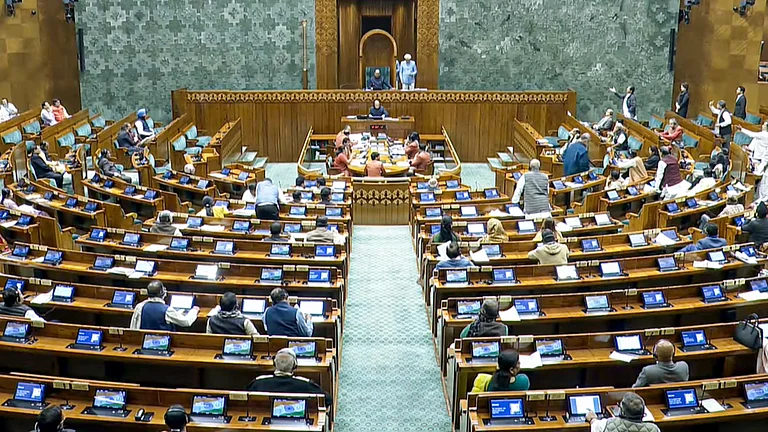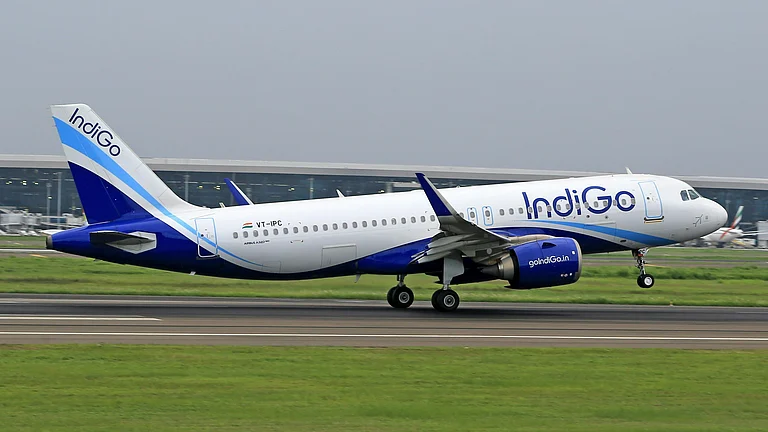The wholesale price-based inflation accelerated to a record 12.94 per cent in May, from 10.5 per cent in April 2021, on account of the increase in fuel and power prices, manufactured goods and a low base of last year.
This is the fifth straight month of uptick seen in the wholesale price index (WPI)-based inflation.
"The high rate of inflation in May 2021 is primarily due to low base effect and rise in prices of crude petroleum, mineral oils viz. petrol, diesel, naphtha, furnace oil and manufactured products as compared to the corresponding month of the previous year," the Commerce and Industry Ministry said.
According to the CARE Ratings report, elevated prices in the manufacturing segment are indicative of strengthening the purchasing power of manufacturers.
Primary articles (weightage of 22.62 per cent in the WPI basket) eased to 9.6 per cent in May 2021 from double-digit inflation of 10.2 per cent in April 2021. Wholesale inflation in the food basket decreased marginally to 4.3 per cent during the month, lower than 4.9 per cent in the previous month and 1.7 per cent in May 2020, the report said.
ICRA Chief Economist Aditi Nayar said the core-WPI inflation (manufactured non-food products) hardened sharply to a series-high 10 per cent in May 2021, with a broad-based uptrend across most sub-sectors.
"We expect the headline WPI inflation to recede modestly to 11.9-12.3 per cent in June 2021, as the base starts to normalise,” Nayar added.
In May 2021, inflation in non-food articlesscaled up to an eight-year high of 18.4 per cent over 15.6 per cent in April 2021 and -3.9 per cent in May 2020.
Inflation in fuel and power basket spiked to 37.61 per cent during May, against 20.94 per cent in April, amid hardening of global commodity prices.
“While this reading is for the month which was most disrupted by the second wave, one has to keep tracking input price pressures (seen from the recent WPI core readings as well), their manifestation and the impact on household demand from the second wave,” Sreejith Balasubramanian, Economist – Fund Management, IDFC AMC
Fuel prices are likely to be upward bound on the back of elevated global crude oil prices amidst a rebound in domestic economic activities as the second wave of coronavirus subsides, the report estimated.
In manufactured products, inflation scaled a high record at 10.83 per cent in May, against 9.01 per cent in the previous month.
Higher factory gate prices in the manufacturing segment are representative of the firmness in the pricing power of corporates.
“Barring tobacco products, all other industries have recorded an increase in prices. Double-digit inflation has been witnessed in manufacture of food products (15.2 per cent), textiles (11.4 per cent), paper and paper products (10.7 per cent), chemicals and chemical products (10.7 per cent), rubber and plastics products (13 per cent), basic metals (27.6 per cent) and fabricated metal products except machinery and equipment (10.6 per cent),” the report added.
Stating that high fuel inflation is escalating the input costs of the industry and its competitiveness in the domestic and international markets, PHDCCI President Sanjay Aggarwal said, "At this juncture, we urge the government to consider petroleum products in the ambit of GST to rationalise the prices and to contain the rising inflation.”
Noting that labour price or input costs have gone up in last few months due to labour shortage, Rajani Sinha, Chief Economist & National Director – Research, Knight Frank India, said, “While the demand force in the economy remains weak currently, the concern is that the supply-side factors could continue to put upward pressure on inflation going forward.”
Retail inflation rose to 6.3 per cent in May, breaching the RBI's comfort level, on the back of costlier food items, government data showed on Monday.
The government has asked the Reserve Bank to keep the retail inflation at 4 per cent with a margin of 2 per cent on either side.
The RBI, which mainly factors in retail inflation while arriving at its monetary policy, had left the key interest rate unchanged earlier this month.
“Rising input costs and higher wholesale inflation will concern the MPC, especially as today’s high inflation print would easily push up the average inflation for 2021-22 to over 5.5 per cent, much higher than RBI’s estimate of 5.1 per cent,” Madhavi Arora, Lead Economist, Emkay Global Financial Services.






























